There are many types of blinds and in this article, we are going to see them in addition to the characteristics and the history behind this decorative and functional element for the house.
What types of blinds are there?
At present we find models and designs of blinds made of various materials, there are wood, PVC, aluminum, or traditional cloth called Roman blinds. We must choose the one that meets our needs and demands.
Venetian blinds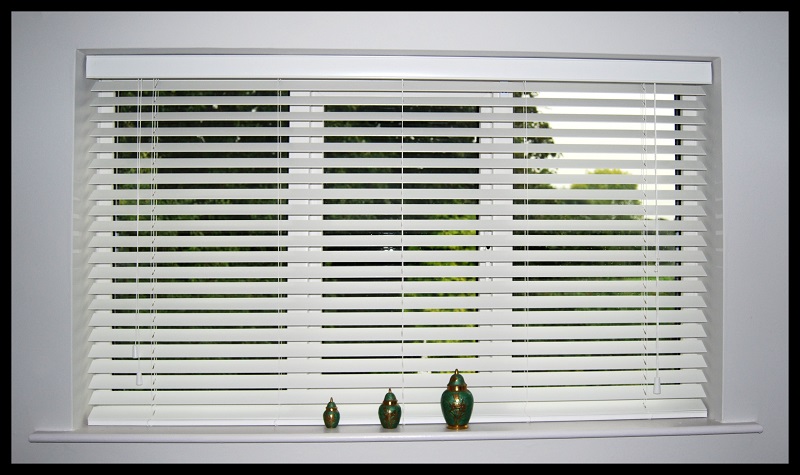
They are the well-known horizontal blinds, with interlocking slats that work by means of a brake and rotation system, allowing their position to be adjusted to control the natural lighting of the space.
Vertical Blinds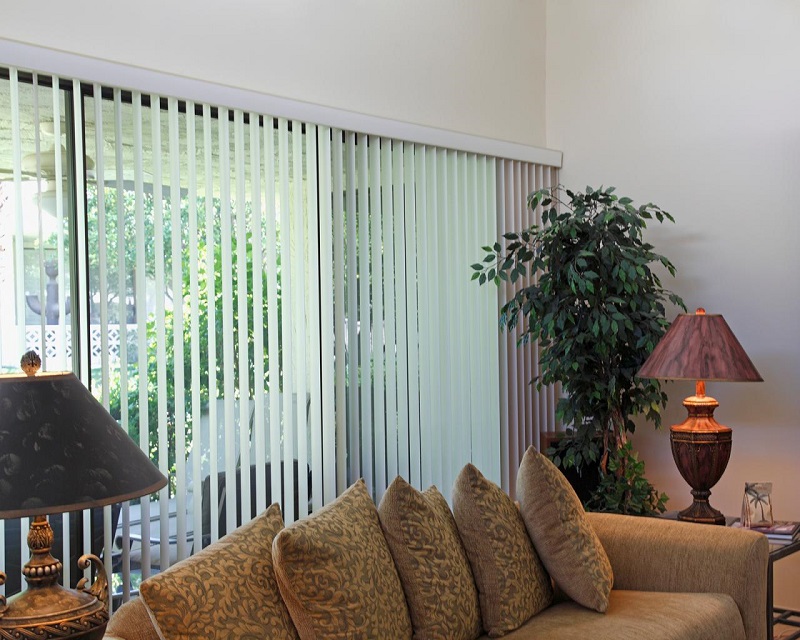
Recommended for large windows or glass doors since its mechanism allows easy and comfortable sliding, as well as providing adequate light to the environment.
You may also like to read, bialetti pans. To know more visit our Blog http://firstgradeappliances.com/.
Roller blinds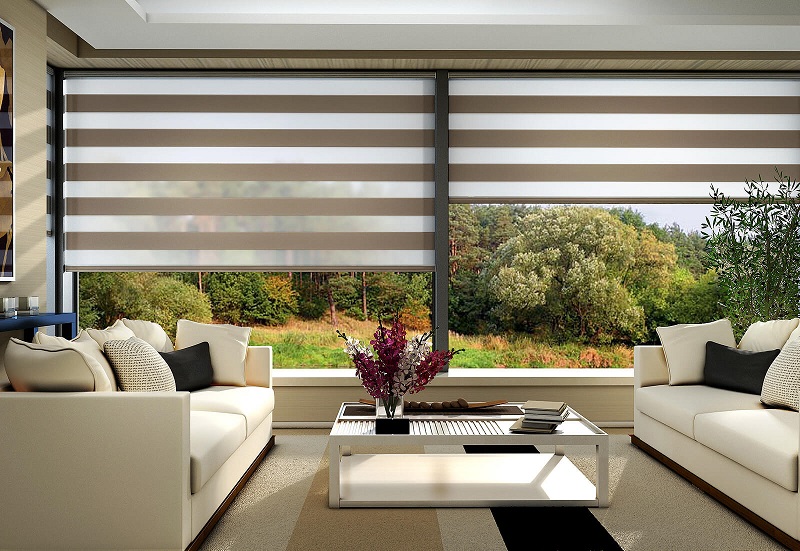
This type of blind allows us to regulate the entry of light into space by means of its rolling system to the top of the window and offers us the advantage of preventing the passage of ultraviolet rays. It is the most recommended for high-rise windows.
Pleated Blinds
Its structure is similar to an accordion, they go up or down through a cord and an upper profile that holds each fold. According to the layers, colors, and type of fabric chosen for its manufacture, the blind will provide the amount of light we want for the environment where they will be located.
Black-out blinds
Recommended if we want to obtain a space in complete darkness since when they are closed the entrance of light is interrupted towards the interior of the room.
Japanese panel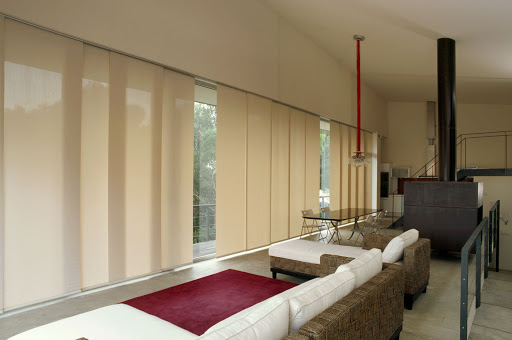
Composed of panels with canvases that slide from one side to the other through a system of rails. Perfect for use on large windows or sliding doors
The Persian a part of the space where we live or work fulfilling an aesthetic and operational role, as it contributes to decorate the environment and allows us to have a well – lit room and isolated from the noise of the environment, thus contributing to our comfort and quality of life.
Components of a blind
This closing system is made up of thin sheets coupled together by mechanisms that allow us to open, close, lower, raise, roll, or slide the blind:
Tape
The belt that is used most frequently and consists of two pulleys, lower and upper, which allow the operation of the system.
Crank
The crank is the mechanism that works through a cable placed inside a wall and collected by a reel that allows the blind to be raised or lowered with the turn of a handle.
Rope
The rope that winds the blind in the central part and is attached to the side of the window.
Electric motor
In the case of an electric blind, it has a motor that activates the system mechanism through a home automation control or push buttons. It is the most current of the techniques for the operation of the blind, allowing directing them by means of an intelligent control at a certain distance, even when outside the place where it is located. This control or command can be carried out from the App for tablets and smartphones, with the web interface in the browser or by means of buttons, and direct one or more of the blinds installed in the space automatically or manually. It is what we know as a Smart Home system.




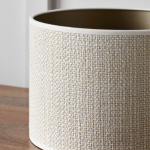



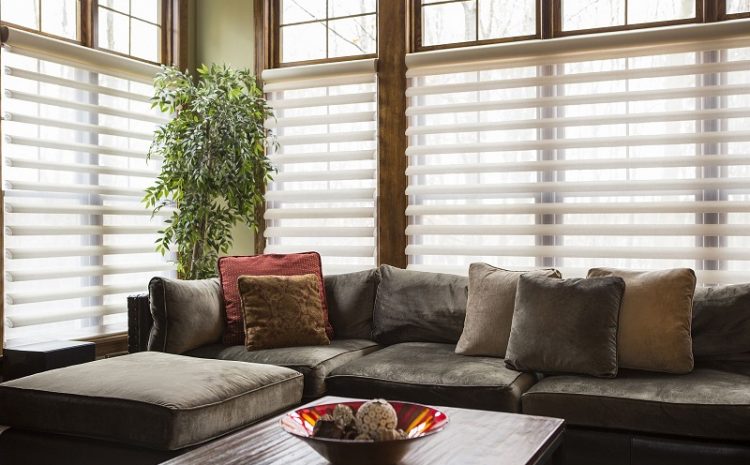
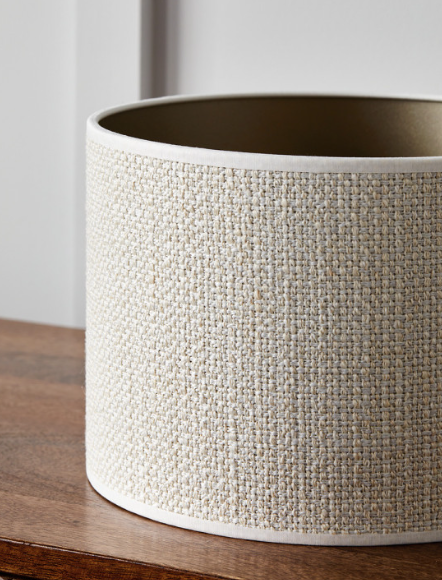
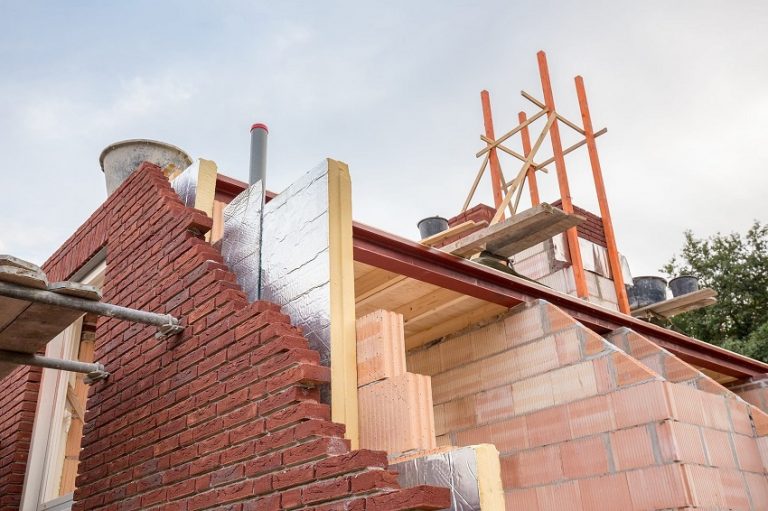











+ There are no comments
Add yours